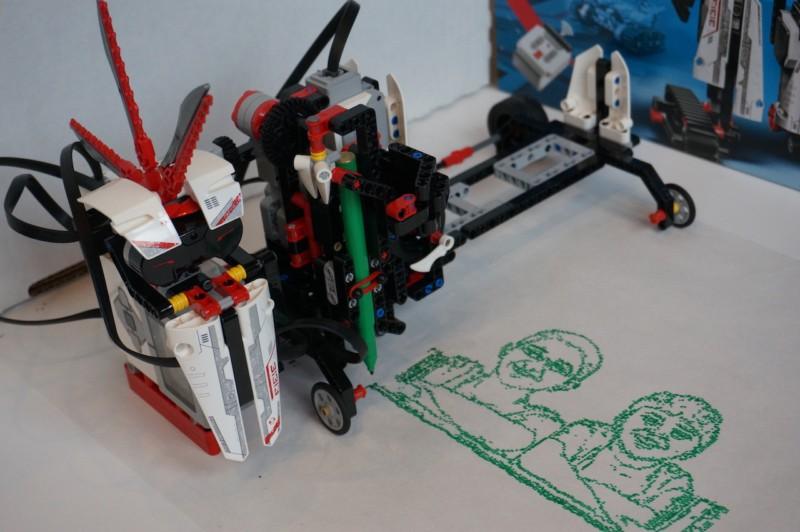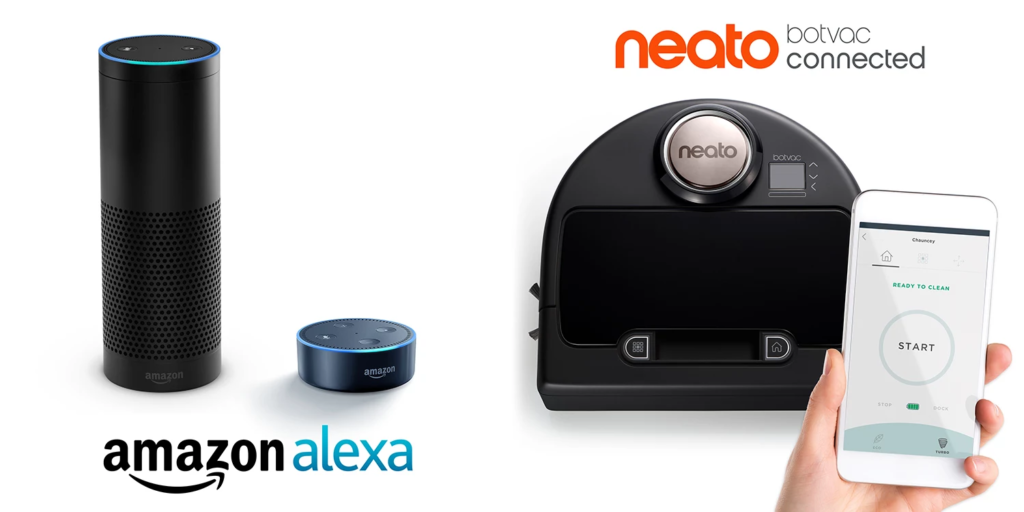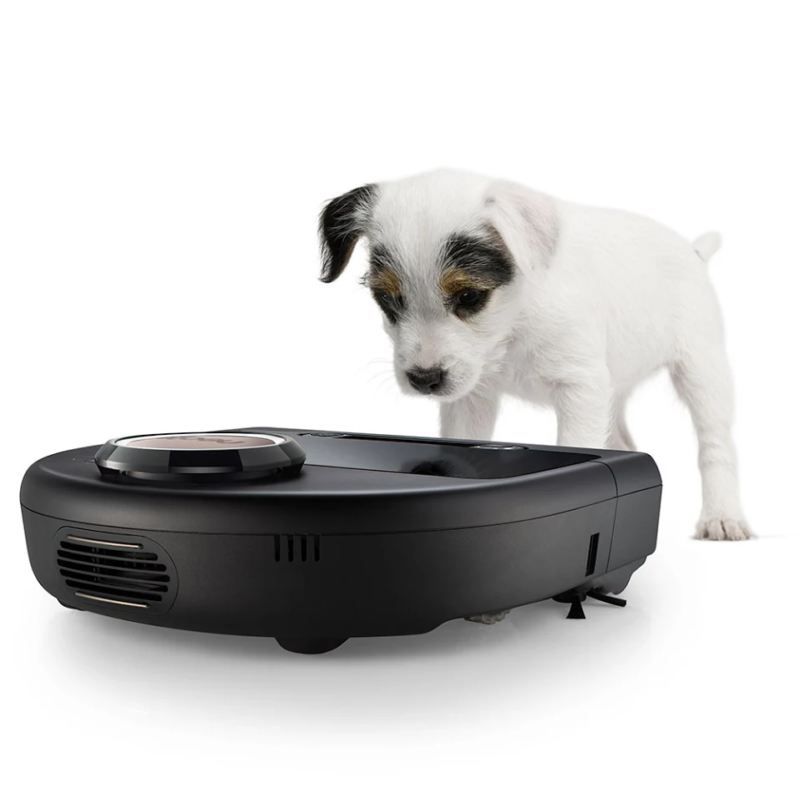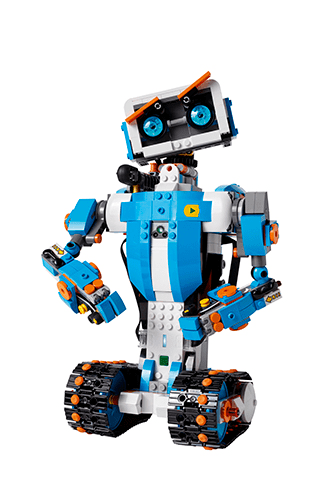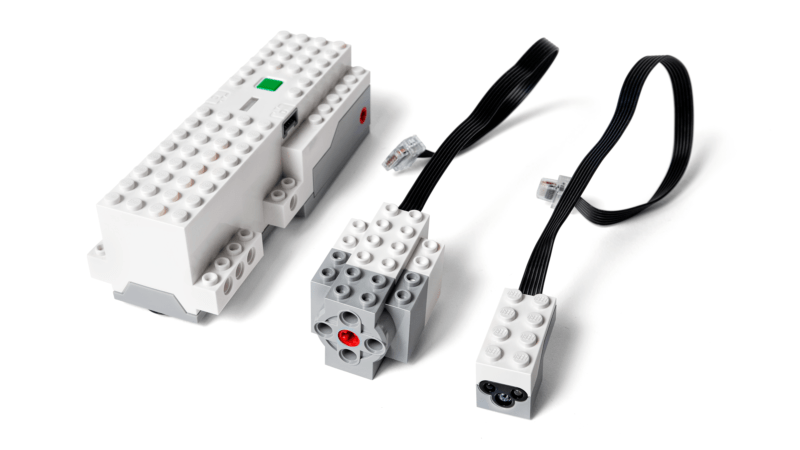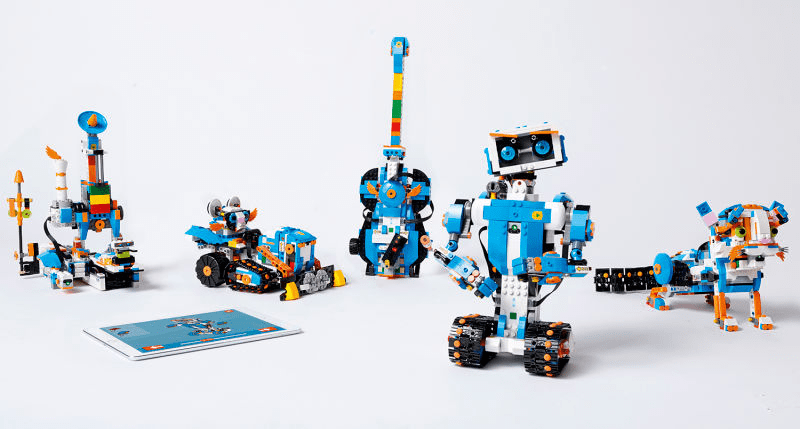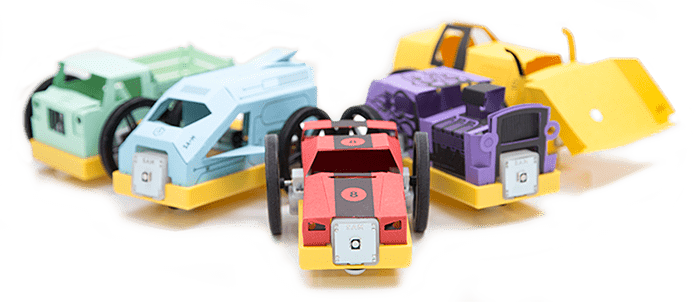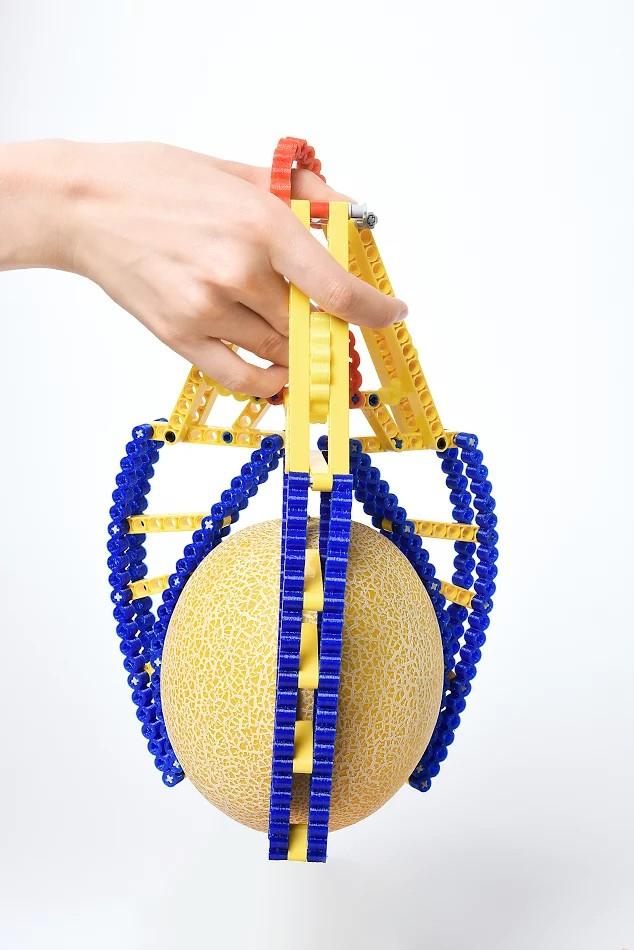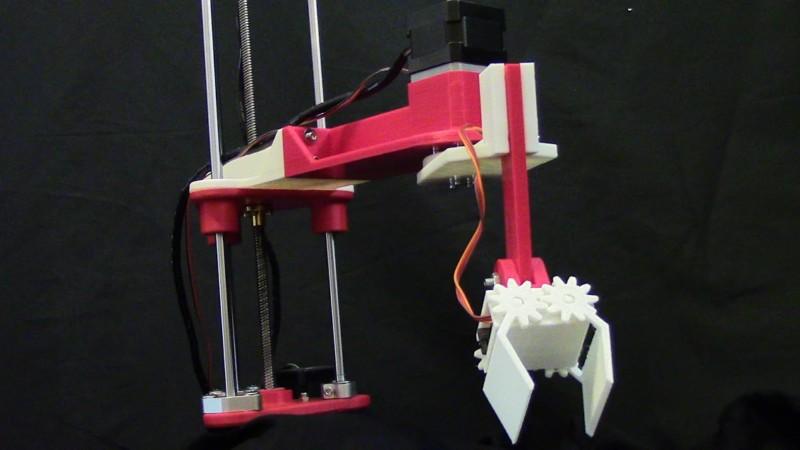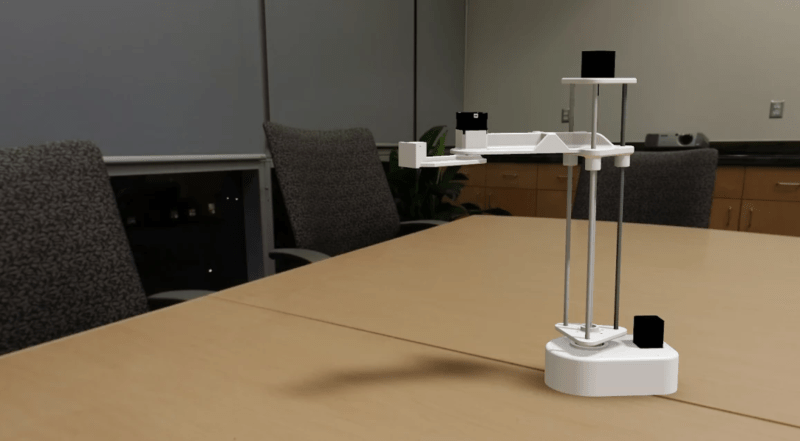ARAG Experten sagen, was Besitzer einer Flugdrohne wissen müssen
(lifepr) (Düsseldorf, 08.12.2016) Ferngesteuerte Flugdrohnen sind im diesjährigen Weihnachtsgeschäft ein echter Renner. Rund 400.000 Drohnen sind in Deutschland in der Vergangenheit bislang verkauft worden – zu Weihnachten kommen zigtausende hinzu. Egal ob Einsteigermodelle für wenige hundert Euro oder kameratragendes Schwergewicht für einige tausend Euro – wie alle Modellfluggeräte unterliegen sie gesetzlichen Bestimmungen, die sich nach Plänen des Bundesverkehrsministeriums bald sogar verschärfen könnten. Was Sie als Freizeitpilot beachten müssen, verraten Ihnen ARAG Experten.
Drohnenflug: Wer braucht eine behördliche Genehmigung?
Die Nutzung von Fluggeräten ist im Luftverkehrsgesetz (LuftVG) und in der Luftverkehrsordnung (LuftVO) geregelt. Danach handelt es sich bei Drohnen um unbemannte Luftfahrtsysteme, sofern sie „nicht ausschließlich zur Sport- oder Freizeitgestaltung betrieben werden, sondern zu einem gewerblichen Zwecke genutzt werden“. Bei reiner Freizeitnutzung gelten sie dagegen als Flugmodelle, deren Nutzung weniger streng reglementiert ist. Genehmigungspflichtig sind Drohnenflüge im rein privaten Einsatz bislang nur für den Fall, dass das Gerät über fünf Kilo wiegt. Bei leichteren Modellen braucht man für die Nutzung keine behördliche Erlaubnis. Bei kommerziellen Einsätzen wie der Erstellung von Luftbildern durch professionelle Fotografen ist eine Aufstiegsgenehmigung durch die jeweils zuständigen Landesbehörden notwendig.
Wer von seinem Flugkörper Gegenstände (z.B. Flugblätter) abwerfen will, die nicht als Ballast dienen, benötigt dafür ebenfalls eine Aufstiegserlaubnis und eine entsprechende Genehmigung. Aus naheliegenden Gründen ist ein Mindestabstand von 1,5 Kilometern zu Flugplätzen einzuhalten. Daneben gibt es einige speziell festgelegte Flugverbotszonen wie etwa das Regierungsviertel in Berlin. Auch in vielen größeren Städten ist das Überfliegen teilweise nicht erlaubt. Einige Bundesländer verbieten darüber hinaus Flüge über Gebiete wie Atomkraftwerke, Unfallstellen oder Menschenansammlungen.
Gemäß den Plänen des Bundesverkehrsministeriums werden diese Flugverbotszonen in Zukunft ausgeweitet und ihre Anzahl steigen – etwa bei Veranstaltungen mit vielen Menschen, über Gefängnissen oder über Wohngrundstücken. Darüber hinaus plant das zuständige Ministerium in der „Verordnung zur Regelung des Betriebs von unbemannten Fluggeräten“ eine Führerscheinpflicht für Drohnen mit einem Gewicht über fünf Kilo – egal, ob diese privat oder gewerblich genutzt werden. Zudem sollen alle Flugmodelle und unbemannten Luftfahrtsysteme mit einem Gewicht von mehr als 0,25 kg künftig gekennzeichnet sein, um im Schadensfall schnell den Halter feststellen zu können.
Drohnen als Kinderspielzeug
Grundsätzlich gibt es für den rein privaten Bereich bisher jedoch keine gesetzlichen Anforderungen an den Führer einer Drohne. Auch eine spezielle Schulung ist nicht erforderlich. Es dürfen also derzeit theoretisch auch Kinder derartige Flugkörper kontrollieren. Angesichts der Risiken – allein in diesem Jahr kamen sie in rund 40 Fällen anderen Fliegern bedrohlich nahe – empfehlen ARAG Experten, dass Kinder und Jugendliche nur unter Aufsicht Flugdrohnen steuern.
Wie hoch, wie weit?
Anders als beim militärischen Drohneneinsatz vom Computer aus gilt bei der privaten Nutzung die Einschränkung, dass der Flug stets innerhalb der Sichtweite der steuernden Person zu erfolgen hat. Dies entspricht auf freier Fläche einer Maximalentfernung von 200 bis 300 Metern. Hinsichtlich der Flughöhe sehen einige Bundesländer ein Maximum von 30 bis 100 Metern vor. Auch die Pläne des Bundesverkehrsministeriums sehen für Drohnenflüge zu Freizeitzwecken eine maximale Höhe von 100 Metern vor.
Den Nachbar im Garten fotografieren?
Der Nachbar hat grundsätzlich einen Anspruch darauf, die Unterlassung von Beeinträchtigungen seines Grundstücks zu fordern. Dies gilt laut ARAG Experten auch für den Luftraum darüber. Insbesondere in den Fällen, in denen die Drohne eine Kamera an Bord hat, dürfte davon auszugehen sein, dass darin eine Beeinträchtigung der Privatsphäre zu sehen ist. Die ersten Urteile zu dieser Problematik legen nahe, dass man bei Drohnenflügen unbedingt Rücksicht auf die Anwohner und Nachbarn nehmen sollte. Darüber hinaus gilt, dass man das Recht am eigenen Bild der abgebildeten Personen beachten muss. Sollen die Bilder veröffentlicht werden, benötigen Sie dafür die Einwilligung des Abgebildeten. Das Gesetz macht keine Vorgaben hinsichtlich der konkreten Ausgestaltung der Einwilligung. So kann die Einwilligung auch durch ein bestimmtes Verhalten, wie bewusstes Posieren vor der Kamera erklärt werden. Bekommt der Abgebildete aber überhaupt nicht mit, dass die Drohne über ihm gerade Bilder aufnimmt, ist die Einwilligung nicht wirksam erteilt. Besonders gravierend ist in diesem Zusammenhang ein Foto von der sonnenbadenden Nachbarin. Ist die Intimsphäre durch die Bilder betroffen, kann auch schon die Aufnahme an sich strafbar sein, warnen ARAG Experten.
Versicherungen für Drohnen
Der Führer der Drohne haftet grundsätzlich für alle Schäden, die bei einem Flug verursacht werden können. Das kann schnell teuer werden, wenn bei einem Absturz z.B. ein Unfall verursacht wird. Private Haftpflichtversicherungen schließen derartige Schäden meist vertraglich aus. Es empfiehlt sich daher dringend, eine spezielle Versicherung abzuschließen, wie sie zum Beispiel die Modellflugverbände anbieten.
